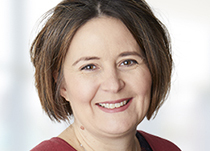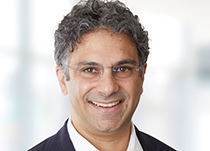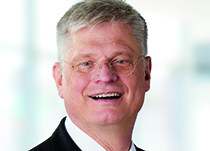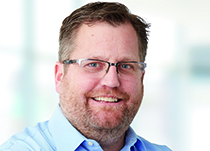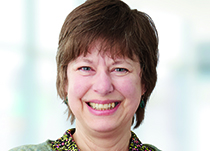General Reconstruction
Conveniently located to serve the Twin Cities
Our compassionate team will take good care of you. Each reconstructive surgery is based on individual circumstances and is a very personal decision. We want you to be comfortable with the procedure and understand what will take place before making your decision.
Reconstructive surgery can help people of all ages by correcting a birth defect, fixing damage caused by an accident or injury, or improving function from problems caused by aging. It is generally done to improve function, but may also be done to improve an area to a more normal appearance.
The goals of reconstructive surgery are different than the goals of cosmetic surgery. Reconstructive surgery is performed on abnormal structures of the body caused by:
- Birth defects
- Developmental abnormalities
- Trauma or injury
- Infection
- Tumor
- Disease
We want you to be informed before making your choices. Our caring team will take the time to listen to your needs and fully explain everything. We will develop a personal plan customized for your needs. You can feel confident in our excellent care.
Some of the topics your surgeon will discuss with you include:
- Treatment plan
- Wound treatment
- Other reconstructive procedures
Treatment plan
Your surgeon will determine the best treatment for your reconstruction. The size, nature and extent of your injury or deformity will determine what treatment option is chosen and how quickly the surgery will need to be done. Reconstructive surgery frequently requires complex planning and may require a number of procedures done in stages. In addition, a child may need regular follow-up visits on a long-term basis as they grow.
Wound treatment
Your surgeon will assess the size, severity and features of your wound. Features include things such as missing skin, nerve or muscle damage and skeletal support issues. Options for wound treatment include:
- Direct closure – when skin surface wounds have straight edges, such as a simple cut.
- Skin grafts – for wide or difficult to close wounds. A patch of healthy skin is taken from one area of the body and used to cover the area where the skin is missing or damaged. There are different types of skin grafts that your surgeon will discuss if this is determined to be the best course of treatment.
- Tissue expansion – stretches adjacent tissue to help the body “grow” extra skin. A balloon-like device, called an expander, is inserted under the skin near the area to be repaired and then gradually filled with salt water over time to cause the skin to stretch and grow.
- Flap surgery / micro surgery – uses a section of living tissue that carries its own blood supply and moves it from one area of the body to another. Flap surgery can restore form and function to areas of the body that have lost skin, fat, muscle movement and/or skeletal support.
Other reconstructive procedures
Both cancerous and non-cancerous growths and problems with the supporting structures beneath the skin are regularly treated with reconstructive surgery. Tumor removal, both cancerous and benign, will depend on the type of growth, the stage it is in and the location on the body. Your surgeon will discuss the best option for your individual condition.
Each reconstructive surgery is based on an individual’s body and goals. We would be happy to schedule a consultation to answer any questions you may have and provide our recommendation on what we think is best for your situation. You will be well taken care of at HealthPartners Plastic Surgery. We are confident you will be pleased with the results.


